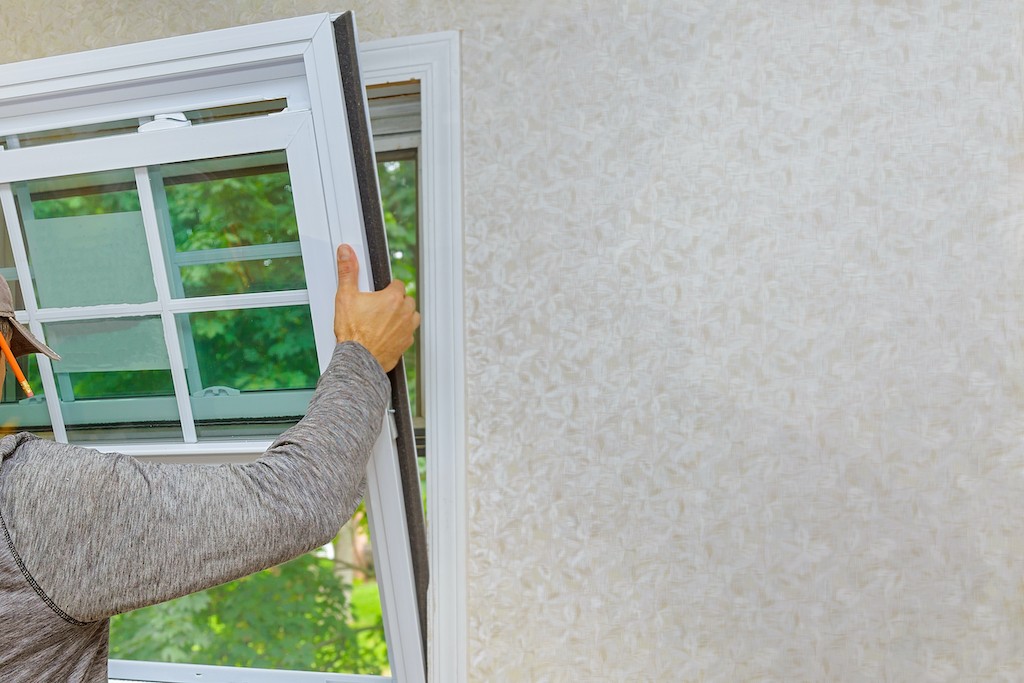
4 More Window Styles to Consider When Replacing Windows in Your Flip
You want to give potential homebuyers the best product possible: a renovated home that’s well done. So you’d never try to cut corners by keeping drafty old windows in your flip. When replacing windows that have seen better days consider these four styles.
Single and Double-Hung Windows
Single and double-hung windows are, by far, two of the most popular and commonly-used window styles among new and existing homes.
Both styles may appear to be identical, with rectangular-shaped windows that have two large sections, one above the other, and each section having multiple grid lines (which may also be referred to as glazing bars, grilles, and muntins).
The difference between a single and a double-hung window is that a single-hung window enables one of the window sections to slide open, whereas a double-hung window permits both sections to open, top and bottom one at a time, which allows for cross ventilation.
Casement and Awning Windows
Casement and awning windows usually don’t have grids, only one to two panes, and each use a crank to open. Because they don’t have grids these windows take on a kind of minimalist appearance, which makes them a popular option for homes with contemporary, modern, and mid-century modern design.
Both of these windows work well in areas with limited space or in spaces that are difficult to reach, for instance above a kitchen sink, since the crank allows the window to open and close with the use of a single hand. They’re also convenient for use in bathrooms inside of your flip, and in other areas where you may want increased ventilation.
Casement windows have hinges on the sides and they open horizontally, which lets in lots of air when they’re fully open. Airflow can be controlled by how far the window is cranked.
Awning windows open vertically and they provide covering in much the same manner as an awning—hence the name. This design makes it so that these windows can remain open even in rainy conditions.














